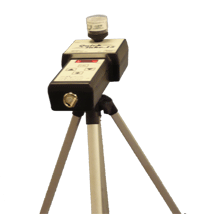Mold & Bacteria Consulting Laboratories (MBL) is a leading commercial Canadian air quality testing laboratory in North America. Serving mainly the Canadian market, MBL specializes in lab analysis of air and surface samples for fungi (yeasts and mold) and bacteria. MBL is accredited by the Canadian Association for Laboratory Accreditation (CALA). Routine tests at MBL include:
- Bacteria testing: All environmental bacteria including coliforms testing, E. coli testing and Legionella testing
- Mold testing: Culturable air samples collected using BioCassette, Andersen, SAS, RCS, etc.
- Mold testing: Direct Microscopic Examination including tape, bulk, swab, water and soil samples
- Mold testing: Spore trap (or non-viable) samples such as Air-O-Cell, BioAire, and Micro5 cassettes, Allergenco, Burkard and BioSIS slides.
- Algae: Water samples, etc.
For more information on our air quality testing laboratory or for a complete list of microbiological tests performed at Mold & Bacteria Consulting Laboratories, please call our Ontario, Mississauga Office at 905-290-9101 or the British Columbia, Burnaby Office at 604-435-6555.
MBL, your indoor air quality testing laboratory.
